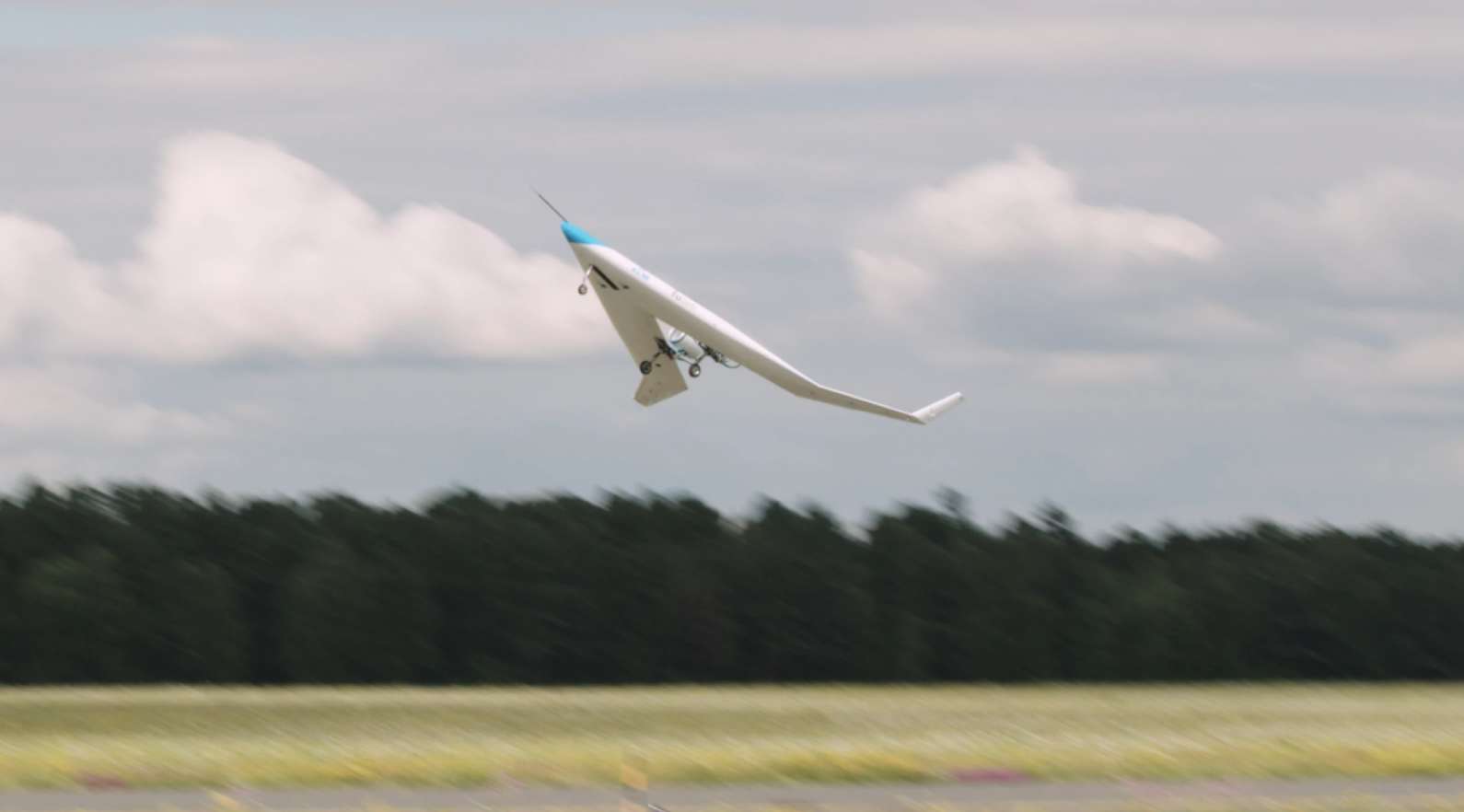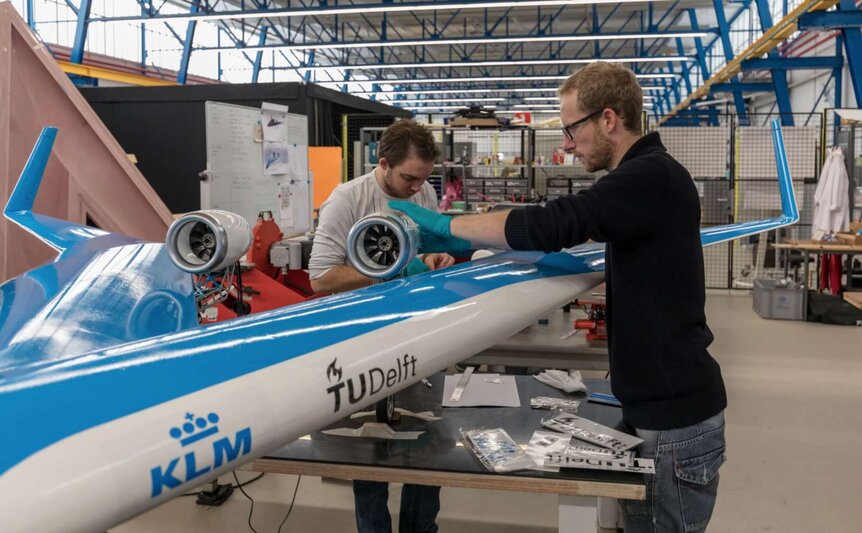Create a free profile to get unlimited access to exclusive videos, sweepstakes, and more!
Radical new Flying-V aircraft clears major hurdle with first scale model test

Would you be willing to comfortably ride inside the wings of a sleek new experimental airplane? It's not as outlandish an idea as you'd think, especially now that a scale model for the revolutionary Flying-V airliner has just made its first successful unmanned flight. Can a full mockup be far behind?
This novel aviation idea was brought to life by an ambitious team of Delft University of Technology (TU Delft) engineers in The Netherlands, who dreamed of inserting passengers inside a V-shaped fuselage, which promises impressive fuel efficiency numbers when compared to conventional aircraft.
This eye-catching futuristic design allows it to be 20 percent easier on the gas bill than the most modern planes in the industry, such as the Airbus A250-900, all due to the wild craft's compact airframe.
This summer's uncrewed demonstration in Germany used a 9-foot-long scale model developed with the assistance of the Dutch national airline KLM.
The prototype has a wingspan of 10 feet and weighs in at just over 50 pounds, merely a fraction of the size of the original 180-foot, full-sized concept. Equipped with a radio control system employed in advanced drones and packed with 13 pounds of lithium-polymer batteries, the Flying-V was put through the wringer in wind tunnels and various ground-based tests before being crated up and carted off to Germany for its inaugural flight.
Accompanied by a team representing Airbus, drone pilot Nando van Arnhem successfully took off from the German airbase tarmac, performed several test maneuvers, and ran the batteries almost dry before bringing it home safely in a somewhat rough landing.
“One of our worries was that the aircraft might have some difficulty lifting-off, since previous calculations had shown that ‘rotation’ could be an issue,” Roelof Vos, propulsion researcher at TU Delft, told Flightglobal. “The team optimized the scaled flight model to prevent the issue. But you need to fly to know for sure."
Moving forward, the team will now begin the process of scrutinizing the test data to provide details for the next generation of aerodynamic model as they fine tune this intriguing new Flying-V design. Many obstacles remain before bringing the project to full fruition, including the notion of powering it with liquid hydrogen instead of kerosene for a sustainable propulsion system.



























